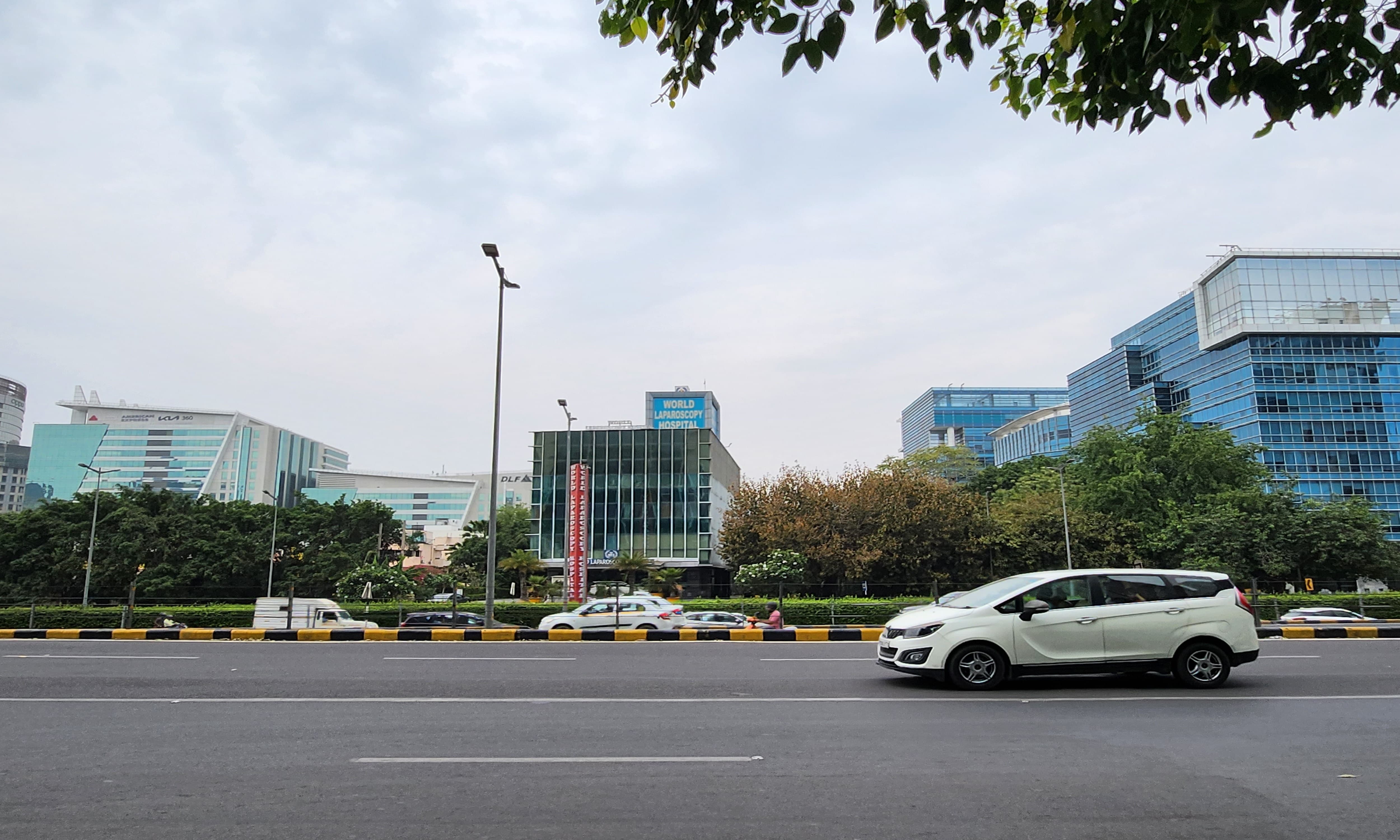Myomectomy is a surgery done for a fibroid uterus in reverse to hysterectomy in which uterus remains preserved and female will retain her potential of reproduction. Now a day with recent advances these surgeries are done in laparoscopic way which is helpful for fastest recovery phase as well as cosmetic purposes. It is indicated usually when the fibroid causes pain or pressure, abnormal bleeding, or interferes with reproduction as well as fibroid needs to be remove when it is growing on certain locations where it can cause harm.
Laparoscopic surgery is usually performed as day care surgery under general anaesthesia. The procedure can take one to three hours, depending on the number, size, and depth of the fibroids within the muscle wall. One can return to their day to day life within 10 to 14 days and there will be a small scar which can resolves in a small period of time. In the surgical procedure a laparoscope (a thin fibre-optic device that transmits light and a video image) is inserted through a small incision, usually in the navel, which gives view of uterus. Image from that camera seen on video monitor, two or three small (half-inch) incisions are made below the public hairline and instruments are inserted through these incisions to perform the surgery. The fibroids are detached from the uterus and removed.


After that removal of fibroids done and the incision will be stitched. A decade ago removal of a fibroid with a laparoscopic instrument was very difficult, but after the invention of morcellator it’s quite easy now. Limitations of this surgery depends on many factors (1)Size : usually surgeons are comfortable in removing fibroids which are less than 8 cm(3.5 inch), largest reported in literature is 16cm (2)Position :easiest to remove of fibroids which are outside the uterine stalk. Deeper fibroids needs more repair. regarding the fertility, fibroids position is must to take in mind (whether it is near to fallopian tube or uterine blood vessels).
There are some risk factors in this procedure to be taken care of like:
- Infection,
- Bleeding,
- Deep Venous Thrombosis or Pulmonary Embolus,
- Adhesions (scarring) etc.
Literature shows that myomectomy decreases pelvic pain and bleeding from uterine fibre and it is the only treatment which will improve the chances of having baby. There are also chances of recurrence of fibroid in 10 to 50 out of 100 women depending on their fibroid problem. After surgeries women can go straight to get pregnant as soon as after healing.
Some study regarding healing of surgery found that all women had healing of the uterine lining area and return to a normal uterine size at around 12 weeks. Also, 12 of the 14 women (86%) had normal blood flow to the uterine muscle by 12 weeks. Based on this study, it appears that women can start trying to get pregnant three months after myomectomy so end of the topic Laparoscopic myomectomy, when performed by an experienced surgeon, can be considered a safe technique, with an extremely low failure rate and good results in terms of the outcome of pregnancy.